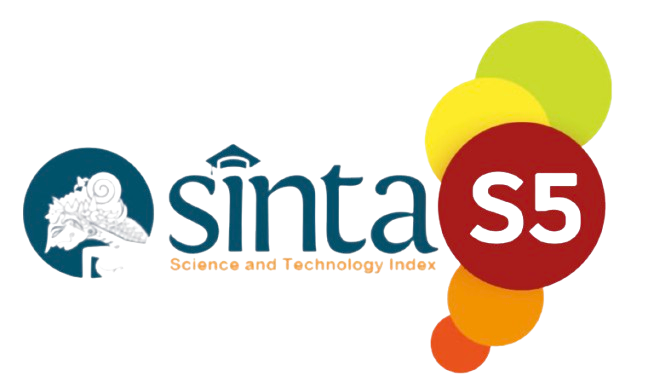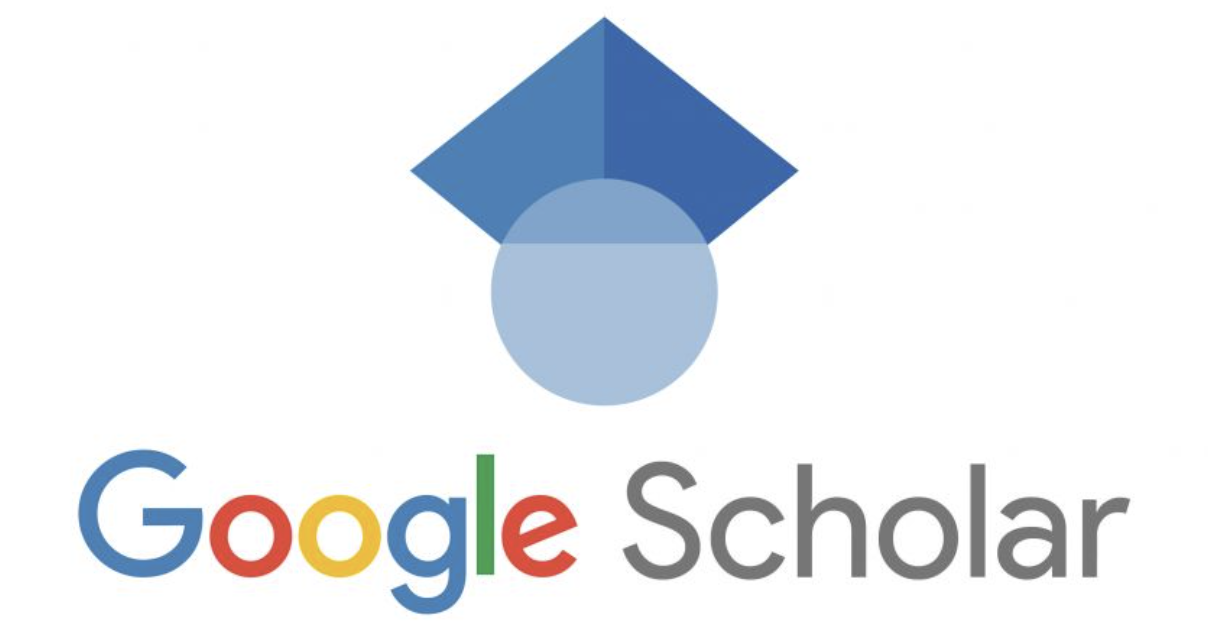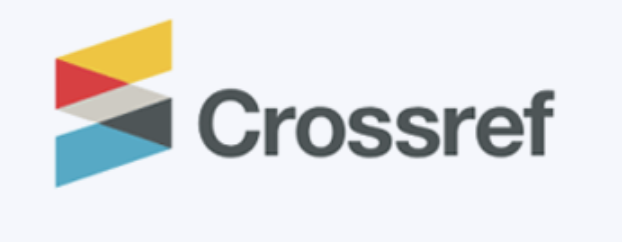The Influence of Metacognitive Strategies and Critical Thinking Skills on the Reading Comprehension of Eighth-Grade Students
DOI:
https://doi.org/10.52217/ijlhe.v8i2.1931Keywords:
critical thinking skills, EFL, metacognitive strategies, reading comprehensionAbstract
This study investigates the influence of metacognitive strategies and critical thinking skills on reading comprehension among eighth-grade students at MTsN 6 Kampar. The research addresses students’ difficulties in identifying main ideas, making inferences, and applying reading strategies, which contribute to low comprehension levels. A quantitative approach with multiple regression analysis was employed, involving 60 students selected through random sampling. Data were collected using reading comprehension tests, a metacognitive strategies questionnaire, and a critical thinking skills test. The results revealed that both metacognitive strategies and critical thinking skills significantly influenced reading comprehension individually and simultaneously. Students who effectively applied metacognitive strategies and demonstrated higher critical thinking skills achieved better reading comprehension scores. The findings underscore the importance of integrating these skills into instructional practices to foster independent, reflective, and strategic readers. Future research is recommended to explore similar approaches in different educational contexts and with larger samples to validate the findings.
References
Brown, H. D. (2001). Teaching by principles: An interactive approach to language pedagogy (2nd ed.). Longman.
Brown, H. D. (2004). Language assessment: Principles and classroom practices. Pearson Education.
Creswell, J. W. (2012). Educational research: Planning, conducting, and evaluating quantitative and qualitative research (4th ed.). Pearson Education.
Facione, P. A. (2011). Critical thinking: What it is and why it counts. Insight Assessment.
Flavell, J. H. (1979). Metacognition and cognitive monitoring: A new area of cognitive–developmental inquiry. American Psychologist, 34(10), 906–911. https://doi.org/10.1037/0003-066X.34.10.906
Grabe, W., & Stoller, F. L. (2013). Teaching and researching reading (2nd ed.). Routledge. https://doi.org/10.4324/9781315833743
Hastomo, T., & Zulianti, H. (2022). The integration of the KWL (Know, Want, Learn) strategy and the Zoom conference in teaching reading: An action research. Linguists: Journal of Linguistics and Language Teaching, 8(1), 55–66. https://doi.org/10.29300/LING.V8I1.6574
Mokhtari, K., & Reichard, C. A. (2002). Assessing students’ metacognitive awareness of reading strategies. Journal of Educational Psychology, 94(2), 249–259. https://doi.org/10.1037/0022-0663.94.2.249
Nourdad, N., Masoudi, S., & Rahimi, F. (2017). The effect of critical thinking on developing argumentative essays by Iranian EFL university students. Journal of Language Teaching and Research, 8(5), 968–976. https://doi.org/10.17507/jltr.0805.21
O’Malley, J. M., & Chamot, A. U. (1990). Learning strategies in second language acquisition. Cambridge University Press.
Pang, E. S., Muaka, A., Bernhardt, E. B., & Kamil, M. L. (2003). Teaching reading. International Academy of Education.
Paul, R., & Elder, L. (2006). The miniature guide to critical thinking concepts and tools (4th ed.). Foundation for Critical Thinking.
Sutiyono, A., & Hastomo, T. (2022). The integration of DRTA strategy and the Zoom conference for teaching reading: An action research. AKSARA: Jurnal Bahasa dan Sastra, 23(2), 57–66. https://doi.org/10.23960/aksara/v23i2.pp57-66
Tankersley, K. (2003). The threads of reading: Strategies for literacy development. ASCD.
Zulianti, H., & Hastomo, T. (2022). Partner reading strategy: An effective strategy for improving students’ reading comprehension. Premise: Journal of English Education and Applied Linguistics, 11(1), 175–188. https://doi.org/10.24127/PJ.V11I1.4435














